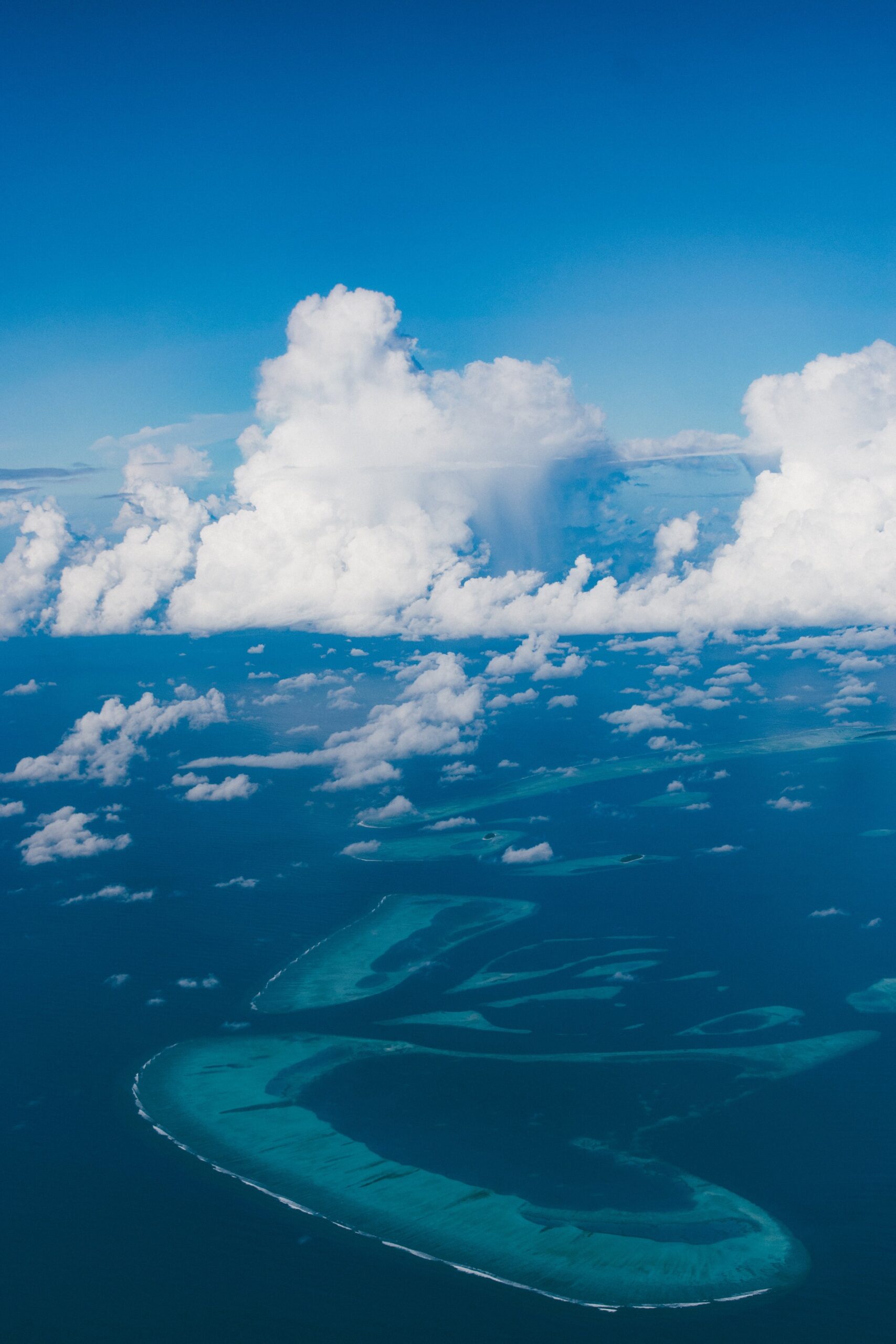
By Stella Bartolini Cavicchi.
Today on World Ocean Day, we celebrate the incredible progress that the past year has brought us, from the landmark set of goals and targets agreed at the UN biodiversity conference in Montreal in December 2022, to the global commitment and ongoing negotiations to develop an international legally binding treaty on plastic pollution. These frameworks are key to leveraging action for positive change, and in this spirit today we would like to focus our attention on the actions ahead for all nations following the adoption of the BBNJ agreement.
World governments came together and compromised to successfully complete a decade-long series of negotiations and agree a text for the international legally binding instrument under the United Nations Convention on the Law of the Sea (UNCLOS) on the conservation and sustainable use of marine biological diversity of areas beyond national jurisdiction (BBNJ in short, also known as the ‘High Seas Treaty’).
The agreement still needs to be formally adopted, which is expected to happen at the next session of the Intergovernmental Conference, taking place on the 19th and 20th June. Then, the long and arduous path to implementation begins, starting with national ratifications. A minimum of 60 countries must ratify the instrument for it to enter into force, and this is no easy feat! For example, as of May 2023, the World Trade Organisation agreement on Fisheries Subsidies of June 2022 received its seventh ratification, with 102 left to go in order to enter into force. By way of comparison, the Agreement on Port State Measures to Prevent, Deter and Eliminate Illegal, Unreported and Unregulated Fishing (PSMA) was approved in 2009 and needed 25 ratifications or other forms of approval to enter into force. This number was only reached in 2016 after significant momentum built up highlighting the importance of this agreement in the global fight to eliminate illegal fishing.
What should countries do to prepare for the implementation of this agreement? In order to successfully implement this game-changing and overarching agreement, countries will need to need to know:
What is happening in the areas immediately outside of their Exclusive Economic Zone (EEZ), especially in waters above their extended continental shelf. This does not just apply to fishing activities but anything that could have impacts within national jurisdiction, as this will be considered when carrying out Environmental Impact Assessments (EIA) for activities in areas beyond national jurisdictions.
Where their fleets operate (whether it’s inside or outside Regional Fisheries Management Organisations), which activities they are carrying out and what their possible impact is.
This information will be essential if a country would like to propose the establishment of area-based management tools (ABMTs), including marine protected areas, and equally so if a country is affected by any proposed management tools. Countries will have to know which of their vessels or nationals operate in an area that is the subject of an established ABMT, in order to adopt measures supporting the decisions and recommendations related to it.
It remains to be seen which precise activities in areas beyond national jurisdiction will require an Environmental Impact Assessment, as the Scientific and Technical Body that will be established may develop standards and guidelines on a list of activities and criteria, but the agreement currently states the threshold for conducting a screening of an activity is when the planned activity “may have more than a minor or transitory effect on the marine environment or the effects of the activity are unknown or poorly understood”. Therefore it would be prudent for countries to understand the effect of all activities their fleets and nationals are currently involved in.
It will be also necessary to start building a global picture of the state of the ocean as it is now, and all the activities taking place in/on/around it, in order to act as a baseline for considerations on transboundary harm and cumulative impacts, both addressed in the agreement.
Countries can further show leadership on BBNJ by requesting the provisional application of the agreement until it formally enters into force, and/or by adopting more stringent measures with respect to its nationals and vessels operating in the areas covered by the agreement.
Marine technology in the agreement is defined as including “expertise, knowledge, skills, technical, scientific and legal know-how and analytical methods related to the conservation and sustainable use of marine biodiversity.” At OceanMind we've been supporting governments in doing all of these activities for the purpose of conservation and sustainable use of marine biodiversity for almost 10 years, so we are in a unique position to play a role in this process. We have strong multidisciplinary expertise, knowledge and skills to provide actionable intelligence to governments in the context of national and regional policies to make implementation easier and successful. We understand the importance of sharing technical know-how and carrying out capacity-building to empower regional, national and local authorities to develop, implement, monitor, manage and enforce management tools including marine protected areas. Our work is carried out in confidence for the sole purpose of meeting authorities’ objectives.
Countries lacking the capacity to carry out this work have a multitude of financing options, ranging from private to second-country aid funding. OceanMind can support governments in this fundraising process, including understanding their needs and seeking out international funding. In addition, once the BBNJ instruments enters into force, it will facilitate substantial Capacity Building and Transfer of Marine Technology (CBTMT) so that countries will be able to receive support for the effective implementation of the agreement.
Click here for more information on how OceanMind can help with PSMA implementation.
Photo by Abyan Athif on Unsplash